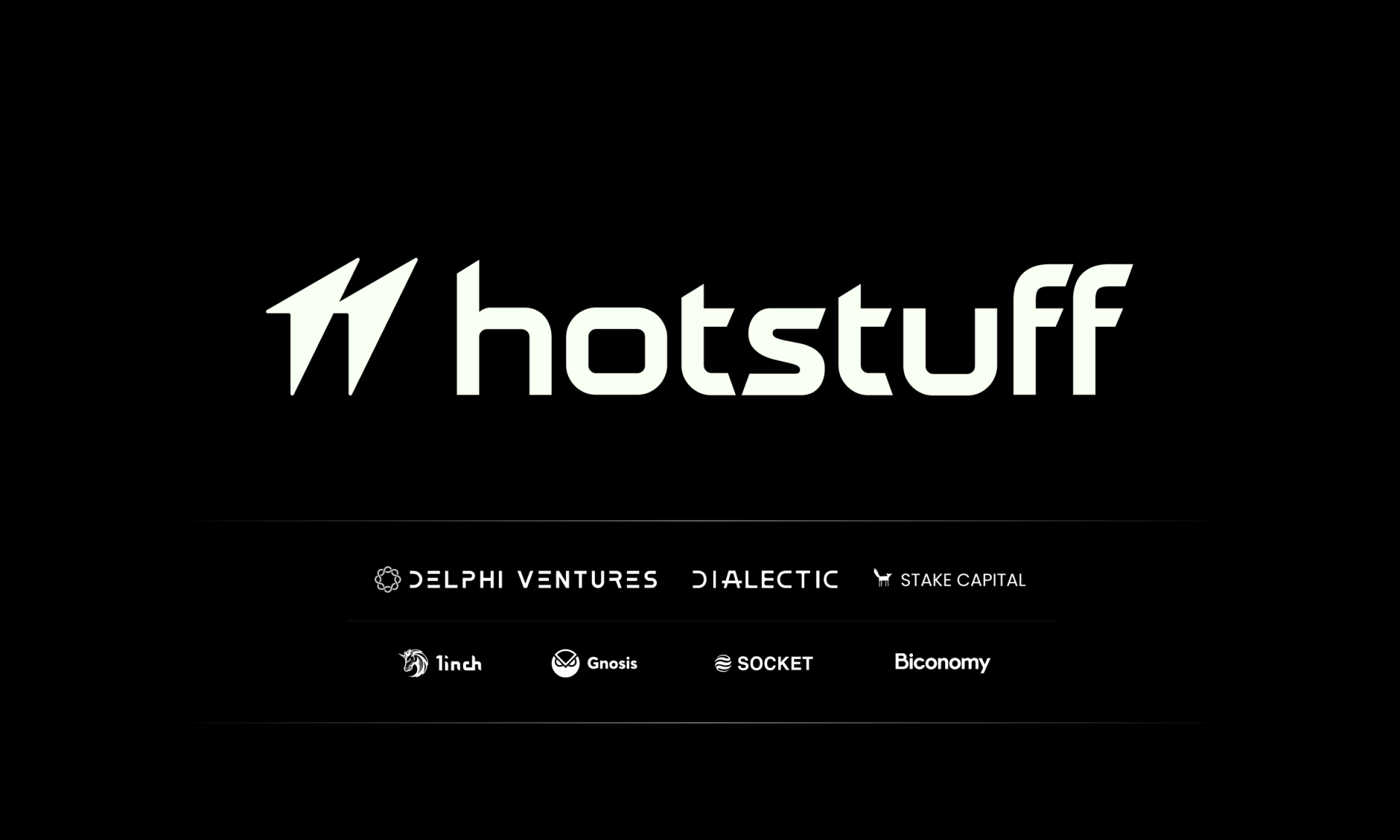Allocation is a fundamental concept in the cryptocurrency and blockchain industry. It refers to the practice of distributing and assigning a specific percentage or amount of resources, such as tokens or funds, to various entities within the ecosystem.
What is Understanding Crypto Asset Allocation?
In the world of blockchain technology, allocation plays a vital role in ensuring the long-term success and profitability of a business model. Just like traditional investment portfolios, cryptocurrency portfolios also employ the strategy of asset allocation. Crypto asset allocation involves dividing one’s investment capital across different cryptocurrencies, such as Bitcoin and altcoins, with the aim of diversifying risk and maximizing returns.
For instance, a crypto investor may allocate 40% of their portfolio to Bitcoin, 30% to Ethereum, and the remaining 30% to a mix of other altcoins. This strategy helps to balance exposure to different assets and capture potential gains from various segments of the market.
Furthermore, allocation strategies can vary depending on an individual’s risk tolerance, investment goals, and market conditions. Some investors may prefer a more conservative allocation, with a larger percentage allocated to well-established cryptocurrencies like Bitcoin, while others may opt for a more aggressive approach, allocating a higher percentage to smaller, emerging projects with higher growth potential.
How is token allocation done in Blockchain Projects?
In the context of blockchain projects, allocation refers to the distribution of tokens and the allocation of resources within the project’s ecosystem. When a blockchain project launches, it typically creates a fixed supply of tokens that serve different purposes within the network.
One important aspect of token allocation is the distribution of tokens to team members. Early team members often receive a portion of the tokens as compensation for their contributions. However, these tokens are usually subject to vesting schedules, which means team members cannot sell or transfer them immediately. This mechanism is put in place to align the interests of the team with the long-term success of the project.
In addition to team allocations, blockchain projects may allocate tokens to early investors and supporters. These allocations can take place during private sale rounds, where a fixed number of tokens are offered to investors at a discounted price. Early investors who believe in the potential of the project and participate in these rounds may receive a significant allocation of tokens as a gesture of appreciation for their support.
Furthermore, blockchain projects often establish treasuries or foundations with a specific token allocation. These entities manage a pool of tokens that can be utilized for various purposes, such as marketing, development, partnerships, and community initiatives. The allocation of tokens from the treasury is governed by specific rules and guidelines defined by the project.
What are the allocation phases and timelines?
Token allocations can be phased out over time or distributed all at once based on predetermined schedules. For instance, a project might have a vesting period of several years, during which tokens are gradually released to team members. This gradual release ensures that team members stay committed to the project and actively contribute to its development.
On the other hand, some projects may have a specific token generation event (TGE) date, also known as the token sale or initial coin offering (ICO), where all allocated tokens are distributed to investors and participants simultaneously.
It’s worth noting that allocation mechanisms can vary between projects, and investors should carefully review the terms and conditions of token allocations before participating in any investment round.
What are the benefits and considerations of allocation?
Allocation strategies in the blockchain industry offer several benefits, both for investors and projects:
- Diversification: By allocating investments across different cryptocurrencies or projects, investors can reduce their exposure to individual risks and potentially benefit from the overall growth of the industry.
- Aligning Interests: Token allocations to team members and early investors align the interests of stakeholders with the long-term success of the project, fostering commitment and dedication.
- Rewarding Early Supporters: Projects often allocate a significant portion of tokens to early investors and supporters as a gesture of appreciation, providing an opportunity to participate in the project’s success.
Despite these benefits, there are also considerations to keep in mind:
- Volatility: The cryptocurrency market is highly volatile, and allocation strategies should consider the potential risks associated with different assets.
- Regulatory Compliance: Token allocations must comply with regulatory requirements, and investors should be aware of the legal and regulatory frameworks governing token offerings in their respective jurisdictions.
- Transparency: Transparent allocation mechanisms and regular reporting by projects are essential for building trust and ensuring fair distribution of tokens.
What is the conclusion?
Allocation is a crucial concept in the blockchain industry, playing a role in investment portfolios and the distribution of tokens and resources within blockchain projects. Crypto asset allocation allows investors to diversify their holdings, while token allocation within projects ensures fair distribution of resources and aligns the interests of stakeholders. Understanding allocation strategies and mechanisms is essential for both investors and participants in the blockchain ecosystem to make informed decisions and navigate the dynamic landscape of the industry.














